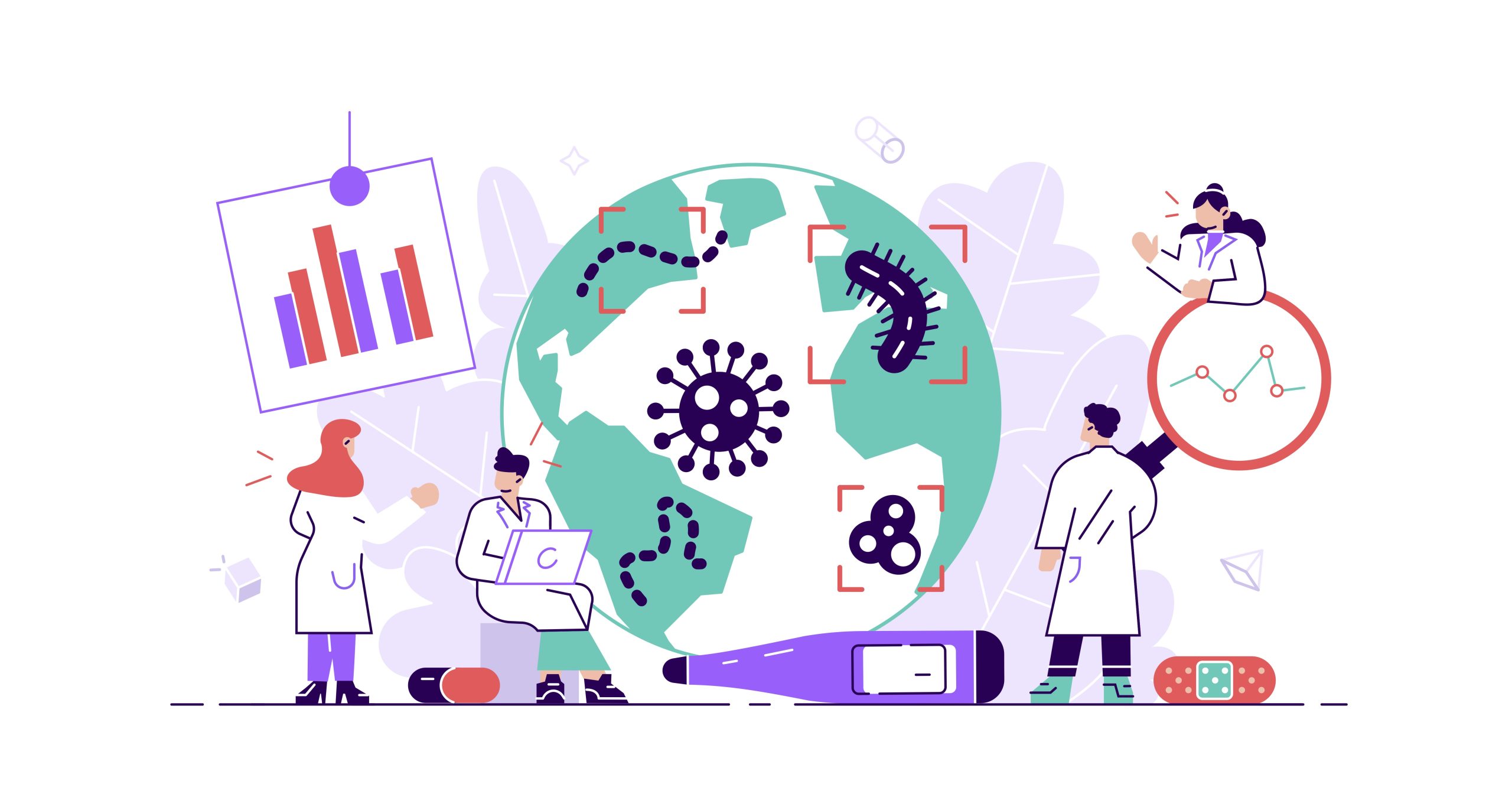The terms “social distancing” and “lockdown” are now commonplace. These policies have been discussed, debated and defended at length since March 2020. While there is substantial evidence that they are protective against COVID-19, it is hard to ignore their impact on socio-economic activities. Policymakers have struggled with how to reconcile this dichotomy and implement practices that mitigate as much harm as possible.
Guangwen Kong, professor of marketing and supply chain management at the Fox School, wanted to dig deeper into this unanswered question.
“Since this pandemic started, there’s been a lot of debate from politicians in terms of whether we should do a lockdown and for how long. The benefits of lockdown are that it will reduce the impact of the disease and help society. On the other hand, there are negative effects: people suffer from mental health issues and kids have to deal with school closures,” Kong says. “There’s no research on the economics of public policies such as lockdown and social distancing; it’s not clear how to properly lockdown, how stringent social distancing policies should be or how long they should last. These are the questions that we all probably have in our minds.”
Her research paper, “No Panic in Pandemic: The Impact of Individual Choice on Public Health Policy and Vaccine Priority,” aims to answer this question and find an optimal solution through a unique avenue: mathematical modeling.
Kong created equations that accounted for variables such as societal activity levels and disease prevalence. She then ran models to identify the best way to reduce the effect of the virus while mitigating socio-economic damage. People may think that it would make sense to enforce these policies during the key, high-prevalence period of the pandemic. However, after taking into account people’s response to disease prevalence, it is more critical to enforce social distancing guidelines when the disease prevalence was moderate, rather than at its peak. This was an unexpected finding for Kong.
When disease prevalence is high and at its peak, people naturally tend to practice staying at home and social distancing on their own to protect themselves, so implementing it as an official policy can seem redundant and may place strain on the economy.
However, when disease prevalence is moderate, people’s activity level largely deviates from the socially optimal one. Thus, implementing these policies officially is more effective at this time, as it makes up for this gap and reduces the spread of the virus. The research also found that social distancing was a more effective policy than a lockdown, as it was not as detrimental to socio-economic activity.
Another situation that arose during the pandemic was limited vaccine supply and subsequent distribution; policymakers were tasked with deciding which populations to prioritize. Kong approached this issue by using an equation to find out what method of distribution would yield the lowest consequences in terms of mortalities and infections.
Her research found that the CDC guidelines that placed elderly individuals at the front of the line for the vaccine were most effective due to the high mortality rates in the population, especially when the variant of the virus becomes more infectious. Perhaps more importantly, in any vaccination strategies that the researchers looked at, social distancing should be enforced until herd immunity is achieved.
“The important element here is the limited capability of production. Since younger people are more active and may increase the number of infections, it is possible that prioritizing young people could be a better strategy.” Kong says. “That would actually be the case if there were no vaccine limits. However, if you consider production limits, prioritizing the elderly significantly reduces the number of deaths but it should come with a more stringent social distancing policy.”
This mathematical approach to understanding problems is not new to fields like epidemiology. However, math seems to be left out when it comes to creating economic and social policies.
“I think there’s a gap there. Epidemiologists examine the dynamics of a disease, and economists describe how people would respond to the disease prevalence and a given policy. But there’s still something missing: what’s the best policy then?” Kong says. “We took those two things into account, the disease dynamic and people’s response to policies, to figure out how to achieve the objective of reducing the socio-economic loss, through which we deliver mathematical proof to show what’s the best way to implement these public policies and give some guidance using the data analysis.”

